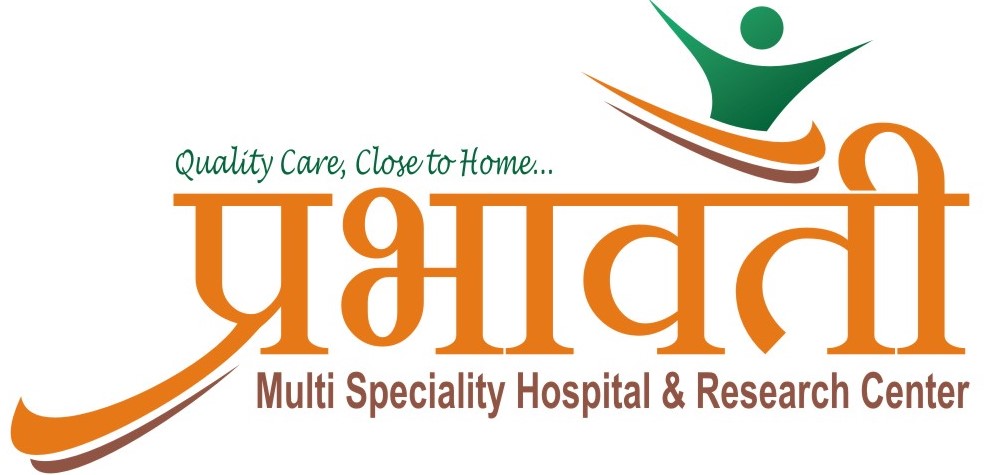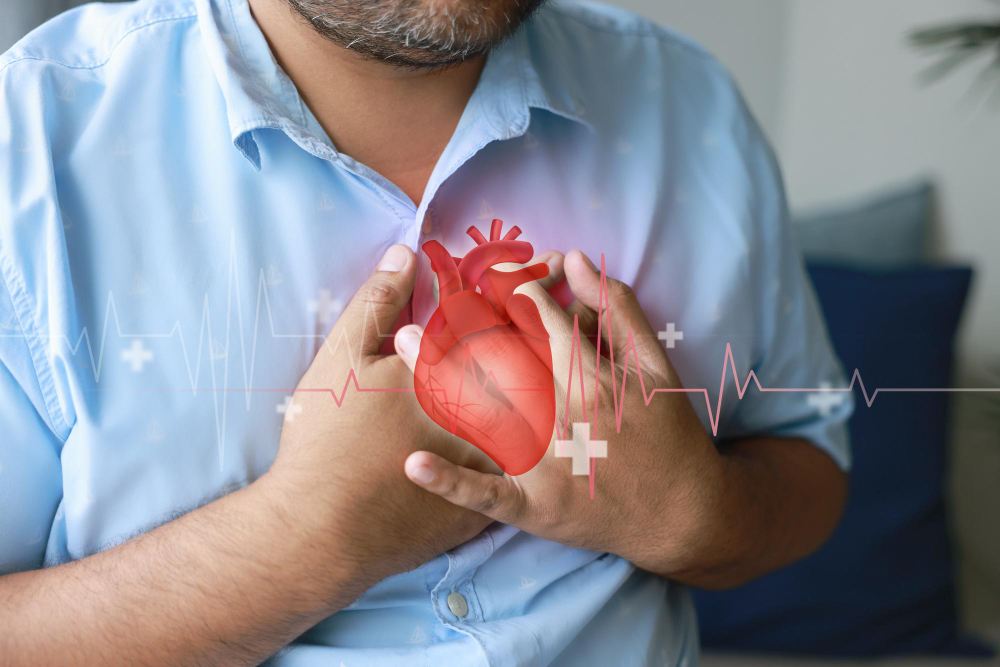What is Infective Endocarditis?
Infective endocarditis is a serious infection of the inner lining of the heart. This lining is called the endocardium. Usually, bacteria cause this infection, but sometimes fungi or other germs can be involved. The germs enter the bloodstream and attach to the heart’s inner surface or valves. Because this condition can damage the heart, early treatment is very important. Infective endocarditis can affect anyone, but some people are at higher risk. Understanding this heart infection helps you spot symptoms early and seek care quickly.
Causes and Risk Factors
Most often, infective endocarditis happens when bacteria enter the bloodstream. These bacteria can come from the mouth, skin, or other parts of the body. Once in the blood, they can stick to the heart’s lining or valves. This is why good hygiene is important. However, not everyone who gets bacteria in their blood will develop this infection. Certain risk factors make it more likely.
For example, people with heart valve problems are more likely to get bacterial endocarditis. In addition, those who use needles for drugs or medical treatments have a higher risk.
Common Symptoms
Infective endocarditis can cause many symptoms. Sometimes, these signs appear slowly. Other times, they come on quickly. Early symptoms may look like the flu, but they can get worse over time. Knowing the warning signs helps you act fast.
However, not everyone will have all these symptoms. If you notice any of these, especially after a dental or medical procedure, see a doctor soon.
How is Infective Endocarditis Diagnosed?
Doctors use several steps to diagnose infective endocarditis. First, they ask about your symptoms and medical history. Next, they perform a physical exam. They may listen for heart murmurs, which are unusual sounds in the heart. Then, they order tests to confirm the diagnosis.
Because early diagnosis improves outcomes, it is important to see a doctor if you have heart infection symptoms.
Treatment Options
Treating infective endocarditis usually requires a hospital stay. Doctors give strong antibiotics through a vein. This helps kill the bacteria causing the infection. Sometimes, treatment lasts several weeks. In some cases, surgery is needed to repair or replace a damaged heart valve. Quick treatment can prevent serious problems, such as heart failure or stroke.
After leaving the hospital, you may need to take antibiotics at home. Always follow your doctor’s instructions closely.
Prevention Tips
While not all cases can be prevented, you can lower your risk. Good hygiene and regular medical care are key. Here are some tips for preventing infective endocarditis:
Additionally, if you have a heart condition, ask your doctor about extra steps to protect your heart.
When to See a Doctor
If you have symptoms like fever, chills, or chest pain, do not wait. Seek medical help right away, especially if you have a heart condition. Early treatment can save your life. Even if your symptoms seem mild, it is better to be safe. Always tell your doctor if you have had recent dental or medical procedures.
In summary, infective endocarditis is a serious heart infection. Knowing the causes, symptoms, and prevention tips can help you stay healthy. Consult a healthcare professional for personalized advice on infective endocarditis.

